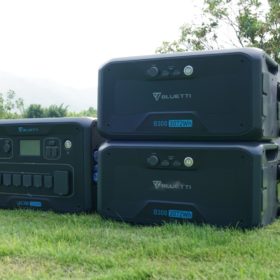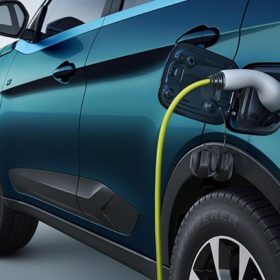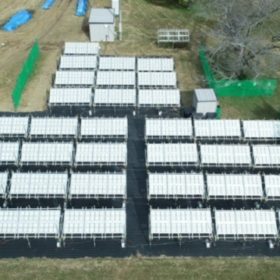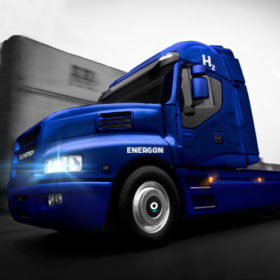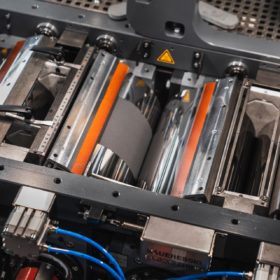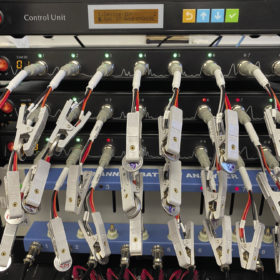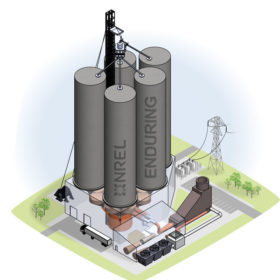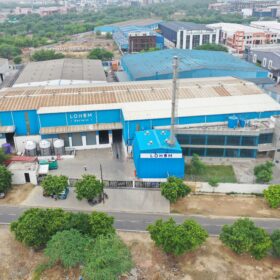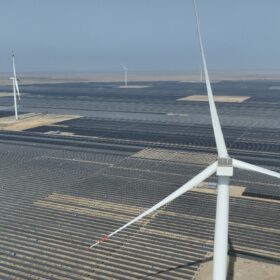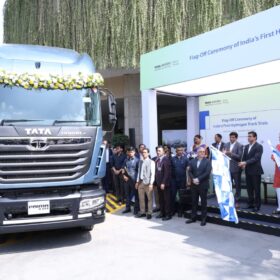Movable solar power station for off-grid applications
The modular power station comes with two lithium iron phosphate (LFP) batteries and has a capacity of 6 kW/24.6 kWh. It relies on a 3 kW pure sine wave inverter which the manufacturer said is able to adjust the AC charging rate.
Solar on new-build homes has significantly shorter payback period
A report by BloombergNEF and Schneider Electric has pressed the case for governments to unlock the world’s potentially huge rooftop solar potential, and cited California’s solar mandate as a shining example.
Transmission system expansion, digitalization critical to Southeast Asia’s grid modernization
To achieve its sustainability targets, Southeast Asia will require integrated strategy and execution across generation, transmission, and distribution, as well as planning that balances both capital and operational expenditures. The regional power industry will need partners who can merge data analytics with engineering expertise to deliver timely and actionable insights that realize the full potential of assets and facilities.
The long read: The untapped potential of hybrid EVs
The electric vehicle conversation is dominated by all-electric options, and sales figures back up the shift from the age of the Prius to the age of Tesla. However, the timeline for the Global South is very different and hybrid EVs are better than ever. Hybrid EVs shouldn’t be considered a legacy technology, and may be greatly significant for their role in the path to decarbonization, explains Gautham Ram, assistant professor at TU Delft.
Lodha partners Tata Power on EV charging infrastructure
Under the partnership, Tata Power will provide end-to-end electric vehicle (EV) charging solutions across Lodha Group’s residential and commercial projects in Mumbai Metropolitan Region (MMR) and Pune.
New solar-powered hydrogen tech from Japan
Moreover, two big Russian corporations have unveiled plans to produce hydrogen and Portuguese utility EDP said it wants to set up a a pilot project for a green hydrogen plant in Brazil.
Mapping the future of cleaner transportation
Eight key developments are accelerating the advancement of electric vehicles. These range from the improvements in cost and performance of electric vehicle (EV) batteries to hydrogen-powered vehicles.
A new spin on battery manufacturing
Scientists in Germany developed a new process for manufacturing battery electrodes, that they say could be both more cost effective and environmentally friendly compared to current technologies. The technique could be applied to a range of different battery materials/chemistries and its creators say they are in discussion with a number of battery cell manufacturers regarding pilot production.
The long read: Battery material concerns
Shouldn’t we all be driving in affordable electric cars with 800-plus kilometers of driving range by now? Surely yes, according to many of the announcements coming from battery scientists over the past decade. Yet for all the scientific breakthroughs, few in fact “break through” into commercial applications. Christian Kuss of the University of Manitoba makes the case for a holistic approach to battery materials development, and reminds us to look beyond the stars of the show and consider their interactions with the auxiliary materials that hold the whole thing together.
Storing wind, solar power with silica sands
NREL researchers developed a system that uses heated silica particles for thermal energy storage. The baseline technology is designed for a storage capacity of up to 26,000 MWh and is claimed to have a cost of of between $2 and $4 per kWh.
